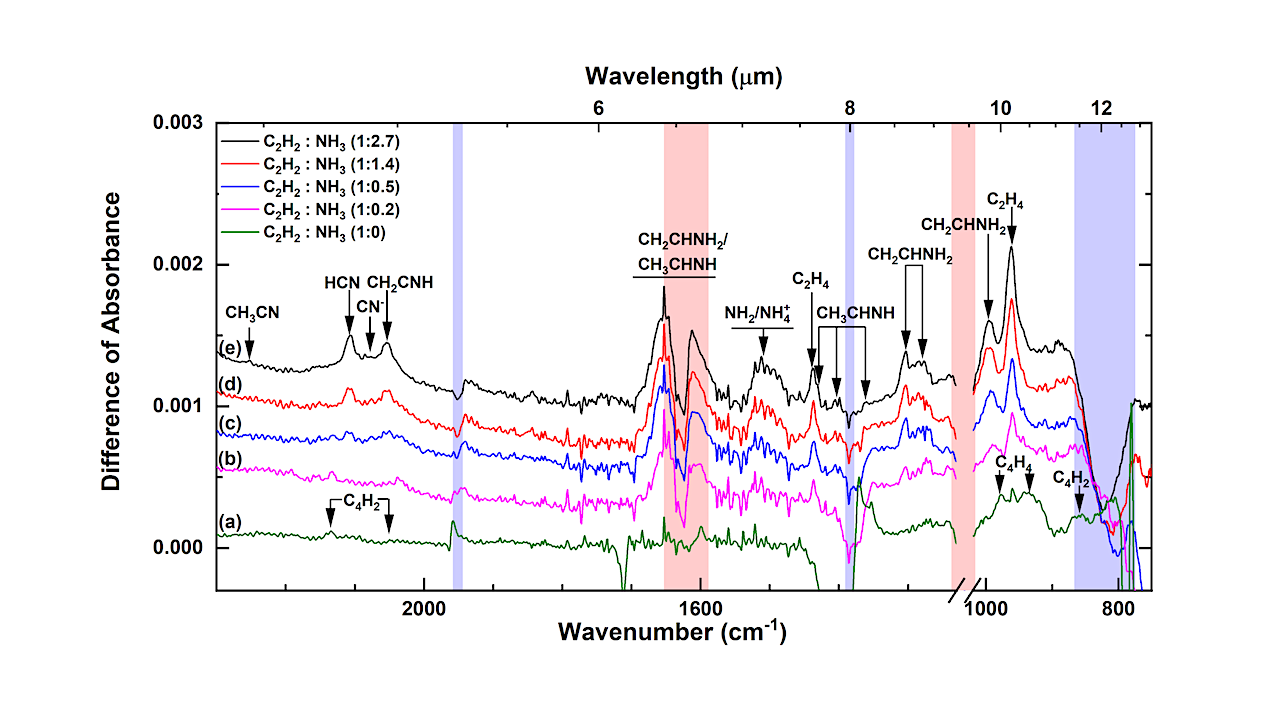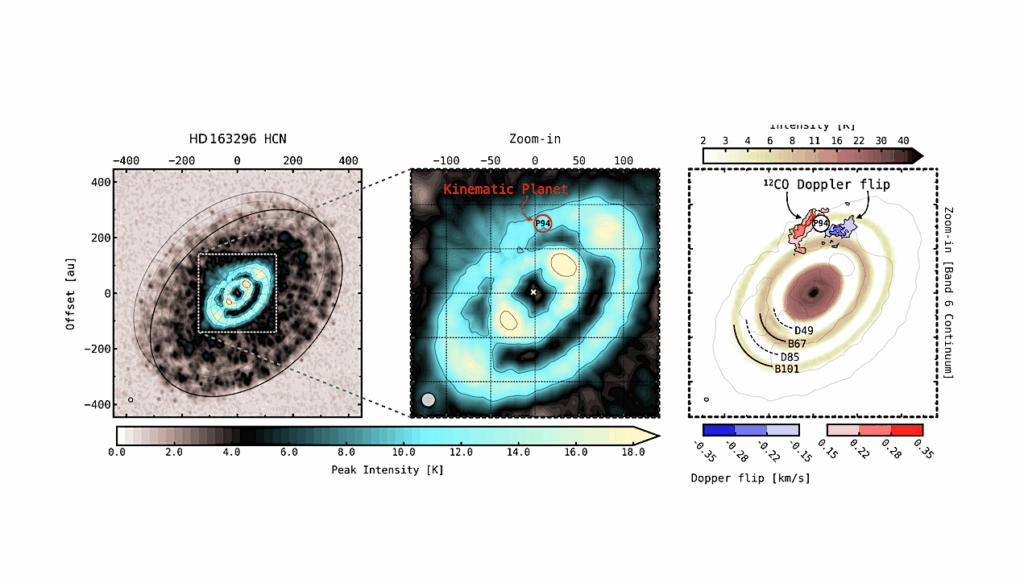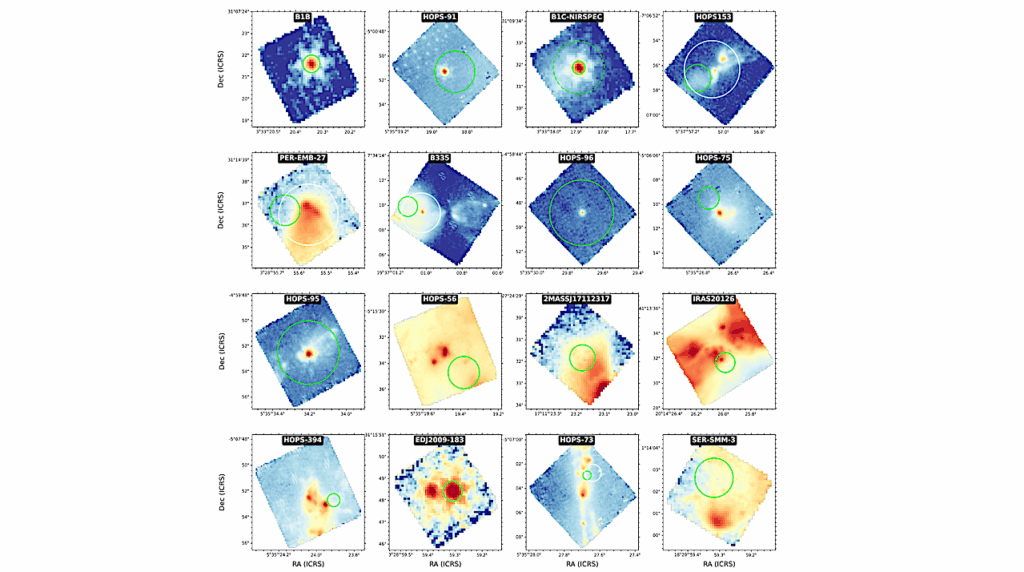Formation of N-bearing Complex Organic Molecules in Molecular Clouds: Ketenimine, Acetonitrile, Acetaldimine, and Vinylamine via the UV Photolysis of C2H2 Ice

The solid-state C2H2 chemistry in interstellar H2O-rich ice has been proposed to explain astronomically observed complex organic molecules (COMs), including ketene (CH2CO), acetaldehyde (CH3CHO), and ethanol (CH3CH2OH), toward early star-forming regions.
This formation mechanism is supported by recent laboratory studies and theoretical calculations for the reactions of C2H2+OH/H. However, the analog reaction of C2H2+NH2 forming N-bearing species has been suggested to have a relatively low rate constant that is orders of magnitude lower than the value of C2H2+OH.
This work extends our previous laboratory studies on O-bearing COM formation to investigate the interactions between C2H2 and NH3 ice triggered by cosmic ray-induced secondary UV photons under molecular cloud conditions.
Experiments were performed in an ultra-high vacuum chamber to investigate the UV photolysis of the C2H2:NH3 ice mixture at 10 K. The studied ice chemistry of C2H2 with NH2 radicals and H atoms resulting from the UV photodissociation of NH3 leads to the formation of several N-bearing COMs, including vinylamine (CH2CHNH2), acetaldimine (CH3CHNH), acetonitrile (CH3CN), ketenimine (CH2CNH), and tentatively ethylamine (CH3CH2NH2).
The experimental results show an immediate and abundant CH2CHNH2 yield as the first-generation product, which is further converted into other chemical derivatives. The effective destruction and formation cross-section values of parent species and COMs were derived, and we discuss the chemical links among these molecules and their astronomical relevance.
K.-J. Chuang, C. Jäger, J. C. Santos, Th. Henning
Comments: 22 pages, 9 figures
Subjects: Astrophysics of Galaxies (astro-ph.GA); Solar and Stellar Astrophysics (astro-ph.SR)
Cite as: arXiv:2405.07855 [astro-ph.GA] (or arXiv:2405.07855v1 [astro-ph.GA] for this version)
Submission history
From: Ko-Ju Chuang
[v1] Mon, 13 May 2024 15:41:56 UTC (1,306 KB)
https://arxiv.org/abs/2405.07855
Astrobiology, Astrochemistry,








